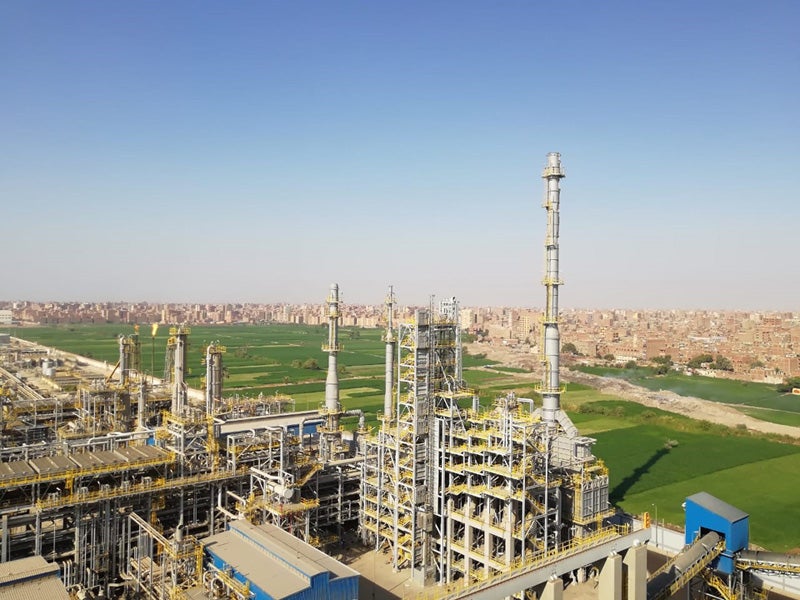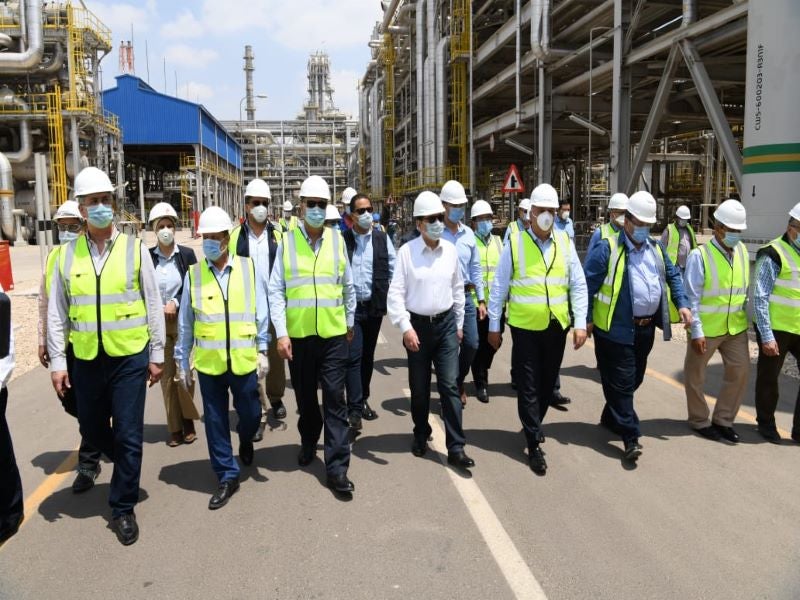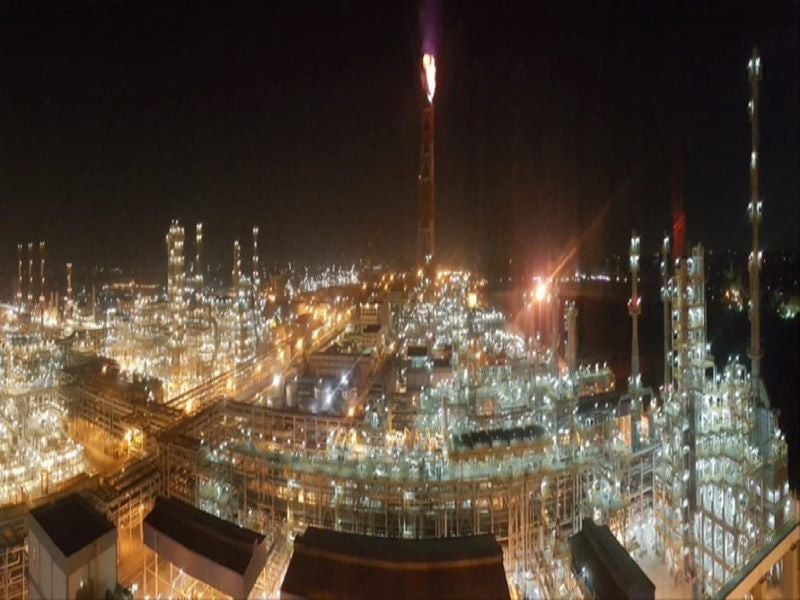The Egyptian Refining Company’s (ERC) Mostorod refinery in Egypt was officially inaugurated in September 2020. It is claimed to be the biggest public-private partnership infrastructure project in Egypt.
Egypt-based Qalaa Holdings (formerly Citadel Capital) holds a 13.14% stake in ERC, while the other equity investors include state-owned Egyptian General Petroleum Corporation (EGPC) and Qatar Petroleum. Qatar Petroleum owns a 38.1% stake in Arabian Refinery Company which holds a 66.6% interest in ERC.
The financial closure on the £3.5bn ($4.3bn) refinery project was reached in June 2012 while the construction works were started in February 2014.
The ERC Mostorod refinery with a processing capacity of the refinery of 4.7 million tonnes per annum (Mtpa) reached full-scale commercial operation in August 2019.
The refinery converts low value petroleum products produced at the Cairo Oil Refining Company’s (CORC) nearby refinery facility into medium and light distillates. The ERC Mostorod refinery is intended for the import substitution of petroleum products in Egypt.
Location and refinery products
The refinery is located northeast of Cairo in Mostorod, in the Qalyubia Governorate of Egypt. It is situated 330,000m2 site adjacent to the pre-existing EGPC-owned Cairo oil refinery.
ERC has an offtake agreement with EGPC to supply petroleum products at international prices for a period 25 years.
The ERC Mostorod refinery is expected to produce up to 2.3 million tonnes (Mt) of Euro V diesel, 600,000t of jet fuel,336,000t of naphtha, 522,000t of reformate, and 79,000t of LPG annually.
Refinery process details
The various process units in the refinery include a vacuum distillation unit, a delayed coker unit, a naphtha hydrotreating unit, a diesel hydrotreating unit, a hydrocracker unit, and a sulphur recovery unit.
The atmospheric residue supplied by the adjacent Cairo Oil Refining Company is the feedstock for the ERC refinery.
EGPC received 2.8Mt of refined products from the ERC refinery between August 2019 and March 2020. During the same period, the refinery supplied approximately 300,000t of pet coke and 47,000t of sulphur to cement and fertiliser companies.
Project finance
The overall investment in the project is approximately £3.5bn ($4.3bn) which was financed through approximately £1.2bn ($1.5bn) of equity and £2.3bn ($2.8bn) of debt.
ERC entered into an agreement for debt financing of approximately £1.5bn ($2.4bn) in August 2010. The various export credit agencies and development financial institutions which provided debt financing for the project included Japan Bank for International Cooperation (JBIC), the Export-Import Bank of Korea (KEXIM), Nippon Export and Investment Insurance (NEXI), the European Investment Bank (EIB), and the African Development Bank (AfDB).
Separately, Mitsui & Co. agreed to provide a loan facility of £125.4m ($200m) to ERC in August 2010.
The equity investors in the refinery include Egyptian General Petroleum Corporation(EGPC), Qatar Petroleum, Qalaa Holdings, InfraMed Fund, the International Finance Corporation (IFC),Dutch development bank FMO, and German development finance institution DEG.
Contracts awarded
A consortium of Japan’s Mitsui & Co. and South Korea’s GS Engineering & Construction Corp. (GS E&C) bagged the engineering, procurement, and construction (EPC) contract for the ERC refinery in September 2007.
Egyptian Projects Operation and Maintenance (EPROM) was awarded a contract to manage the operations and maintenance of the refinery in 2009.
Axens provided licensing, process design package, catalysts, proprietary equipment and services for various units in the refinery, including a naphtha hydrotreating unit, a CCR-reforming unit, a diesel hydrotreating unit, and a single stage hydrocracking unit. Axens also provided its Connect’In digital services for monitoring these units.
WorleyParsons provided the project management consultancy (PMC) services in the construction of the refinery.
Mammoet was awarded a contract for the transportation and the installation of 16 heavy items for the refinery. The company deployed self-propelled modular transport vehicles (SPMT) for the transportation of items from the Suez port to the refinery site.
Hassan Allam Holding was subcontracted by GS E&C for the piling and civil engineering works for the main process area in the refinery, while Orascom Construction was subcontracted for the steel structure, mechanical, and piping works in 2014.
Petrojet was subcontracted by GS E&C for the execution of civil and mechanical engineering and installation works.
SIAC bagged a subcontract from GS E&C to perform the civil works for the construction of six substations, eight operator shelters, and the waste water treatment and dehydrator building.





